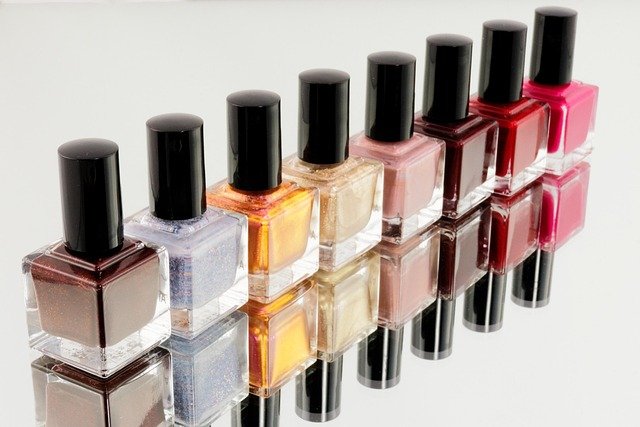How to Choose a Shade That Complements Your Skin Undertone
Choosing a hair color that flatters your natural undertone helps create a cohesive, radiant look. This guide explains how to identify undertones, weigh shade and hue options, and plan color techniques so the result harmonizes with your complexion and hair health.

Understanding how a shade interacts with your skin undertone makes color choices easier and more reliable. Start by identifying whether your undertone is warm, cool, or neutral—look at veins, jewelry preference, and how white versus off-white fabrics suit you. Consider the overall tone you want to achieve: subtle enhancement or high-contrast change. Keep in mind porosity, current pigment, and skin texture when deciding on a tint or dye, because these factors influence how a hue will sit and how long it will last.
Determining your skin undertone and tone
Many quick tests help you determine undertone: check wrist veins under natural light (greenish suggests warm; bluish or purple indicates cool), notice whether gold or silver jewelry flatters you more, and see if your complexion looks better next to cream or stark white. Warm undertones pair well with golden, caramel, and copper tones; cool undertones are complemented by ash, platinum, and berry hues; neutral undertones can often carry both ranges. Your chosen tone—soft, bright, or muted—should coordinate with clothing and makeup choices to maintain balance across your overall appearance.
Choosing a shade, tint, and hue
Once you know your undertone, select a shade that enhances it. For warm undertones, consider tints with golden or honey undertones; for cool, lean toward ash or beige-based hues. When reading labels, note whether a dye aims to lift or deposit pigment and how many levels of lift are realistic for your starting color. If you want a subtle change, try a demi-permanent tint that gently adjusts hue without aggressive lifting. Permanent dyes offer lasting change but require more maintenance for roots and fading to avoid unwanted tones emerging as the color ages.
Matching dye and highlights: balayage and ombre options
Highlights, balayage, and ombre are effective ways to add dimension while respecting your undertone. Balayage provides hand-painted, blended highlights that suit neutral and warm undertones well because of the soft transitions; ombre creates a distinct contrast from roots to ends and works nicely for cooler tones when the ends are toned ash or beige. When planning highlights or lowlights, ask how the chosen hues will mix with your base color; a professional colorist can create a scheme where dye placement brightens the face and complements natural skin tones without creating stark, unmixed hues.
Considering roots, porosity, and hair health
Root regrowth and hair porosity affect how even and long-lasting a color appears. Porosity determines whether hair accepts and retains pigment: low-porosity hair resists dye uptake and may need longer processing or heat, while high-porosity hair can absorb color quickly but may fade faster. Addressing conditioning and bonding treatments before and after coloring helps protect integrity—look for in-salon or at-home options that target bond repair and moisture. Plan root touch-ups and maintenance intervals based on how quickly your natural color returns and how visible contrast is against your chosen shade.
Permanent vs athome: salon, conditioning, and bonding
Deciding between a salon appointment and an athome approach depends on complexity, desired permanence, and risk tolerance. Permanent color and high-lift services are best handled in a salon when major lifting or multiple tones are involved; colorists can assess porosity and apply bonding and conditioning treatments to minimize damage. For subtle tints or single-tonal permanent shades, at-home kits may be appropriate if you follow instructions carefully and choose formulas suited to your hair’s porosity. Regardless of the route, incorporate conditioning protocols to preserve pigment and hair strength.
Maintaining color, tone correction, and long-term care
After coloring, use color-safe shampoos, periodic tone-correcting masks, and occasional glossing treatments to keep the hue true to your undertone. Purple or blue toners can neutralize unwanted brassy or orange shifts in cool-targeted shades; warm shades benefit from glosses that boost shine and richness. Regular conditioning and bonding treatments help reduce breakage and color loss; schedule trims to manage split ends that reveal different porosity and therefore color uptake. Monitoring how the shade fades over months will inform future adjustments, whether shifting to a warmer or cooler tint or refreshing highlights.
Choosing a shade that complements your skin undertone combines observation, realistic expectations about dye and lift, and attention to hair health. Understanding undertone, selecting appropriate hues and techniques like highlights or balayage, and planning maintenance for roots and porosity will help you achieve a flattering, sustainable color outcome.





